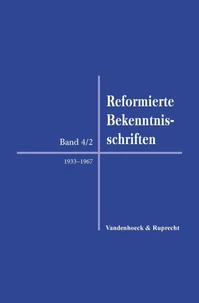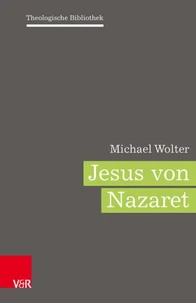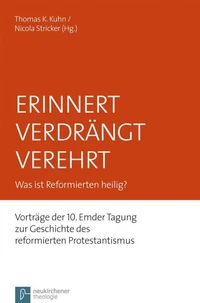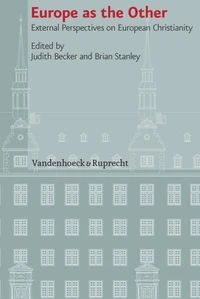European Missions in Contact Zones. Transformation through Interaction in a (Post - )Colonial World
Par : , , , ,Formats :
Disponible dans votre compte client Decitre ou Furet du Nord dès validation de votre commande. Le format PDF est :
- Compatible avec une lecture sur My Vivlio (smartphone, tablette, ordinateur)
- Compatible avec une lecture sur liseuses Vivlio
- Pour les liseuses autres que Vivlio, vous devez utiliser le logiciel Adobe Digital Edition. Non compatible avec la lecture sur les liseuses Kindle, Remarkable et Sony
 , qui est-ce ?
, qui est-ce ?Notre partenaire de plateforme de lecture numérique où vous retrouverez l'ensemble de vos ebooks gratuitement
Pour en savoir plus sur nos ebooks, consultez notre aide en ligne ici
- Nombre de pages293
- FormatPDF
- ISBN978-3-647-10141-5
- EAN9783647101415
- Date de parution22/04/2015
- Protection num.pas de protection
- Taille6 Mo
- Infos supplémentairespdf
- ÉditeurVandenhoeck & Ruprecht
Résumé
What happens when people of different cultural, religious, political and social backgrounds live in close contact with each other? This volume focuses on the encounter between European missionaries and indigenous people and aims to illuminate how life in a contact zone changed concepts, attitudes and practices. It collects examples from nearly all world regions from early modern times to the middle of the twentieth century.
The contributions discuss the concept of contact zones, defining them both as spaces where people of different backgrounds actually met and as "imagined contact zones" between European Christians and those living abroad who insisted on forming one community and thus exchanged ideas, and as "personalised contact zones" in individuals who transcended boundaries and integrated different backgrounds and attitudes.
In each case people, concepts and attitudes changed in the encounter. Practices were modified and new practices emerged. Values and conceptions were transformed. When individuals embodied the contact, however, they often were expelled from the contact zone, especially when they were not recognised as "European". The volume thus also sheds light on the limits of the contact. By focusing on the results of the intercultural encounter, however, it mainly demonstrates the impact of life in a contact zone on those involved.""
The contributions discuss the concept of contact zones, defining them both as spaces where people of different backgrounds actually met and as "imagined contact zones" between European Christians and those living abroad who insisted on forming one community and thus exchanged ideas, and as "personalised contact zones" in individuals who transcended boundaries and integrated different backgrounds and attitudes.
In each case people, concepts and attitudes changed in the encounter. Practices were modified and new practices emerged. Values and conceptions were transformed. When individuals embodied the contact, however, they often were expelled from the contact zone, especially when they were not recognised as "European". The volume thus also sheds light on the limits of the contact. By focusing on the results of the intercultural encounter, however, it mainly demonstrates the impact of life in a contact zone on those involved.""
What happens when people of different cultural, religious, political and social backgrounds live in close contact with each other? This volume focuses on the encounter between European missionaries and indigenous people and aims to illuminate how life in a contact zone changed concepts, attitudes and practices. It collects examples from nearly all world regions from early modern times to the middle of the twentieth century.
The contributions discuss the concept of contact zones, defining them both as spaces where people of different backgrounds actually met and as "imagined contact zones" between European Christians and those living abroad who insisted on forming one community and thus exchanged ideas, and as "personalised contact zones" in individuals who transcended boundaries and integrated different backgrounds and attitudes.
In each case people, concepts and attitudes changed in the encounter. Practices were modified and new practices emerged. Values and conceptions were transformed. When individuals embodied the contact, however, they often were expelled from the contact zone, especially when they were not recognised as "European". The volume thus also sheds light on the limits of the contact. By focusing on the results of the intercultural encounter, however, it mainly demonstrates the impact of life in a contact zone on those involved.""
The contributions discuss the concept of contact zones, defining them both as spaces where people of different backgrounds actually met and as "imagined contact zones" between European Christians and those living abroad who insisted on forming one community and thus exchanged ideas, and as "personalised contact zones" in individuals who transcended boundaries and integrated different backgrounds and attitudes.
In each case people, concepts and attitudes changed in the encounter. Practices were modified and new practices emerged. Values and conceptions were transformed. When individuals embodied the contact, however, they often were expelled from the contact zone, especially when they were not recognised as "European". The volume thus also sheds light on the limits of the contact. By focusing on the results of the intercultural encounter, however, it mainly demonstrates the impact of life in a contact zone on those involved.""









